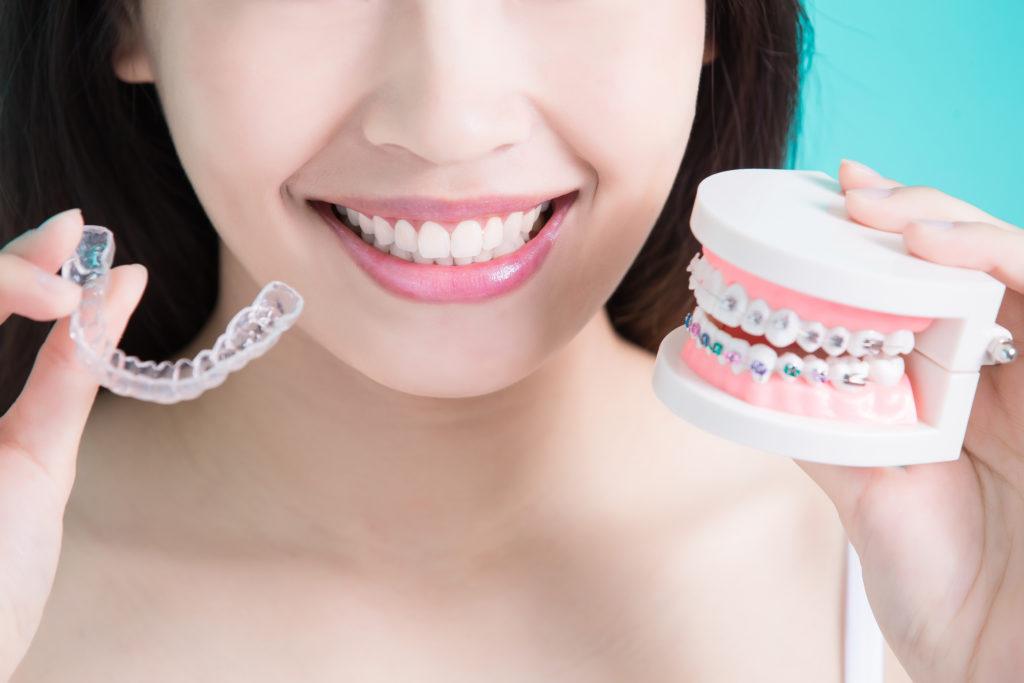Maybe you just got your braces off or need a little extra help straightening your teeth, either way, a retainer will help you.
How does a retainer help your teeth alignment?
To answer this question, we need to look at two types of retainers, an active one and a passive one.
1. Active Retainer
This type of retainer is meant for minor orthodontic issues. It will move your out of place teeth to the position they need to be in, helping correct your misaligned teeth.
2. Passive Retainer
A passive retainer is used after you have your braces removed to keep your teeth in their new locations.
Now that we have dealt with this question, you might be wondering what kinds of active and passive retainers there are.
There are three styles of retainers.
1. Removable Hawley Wire Retainer
• Used for minor teeth adjustments and keeping your teeth straight when your braces come off
• Adjustable so your dentist can change the position it sits in your mouth
• Metal and plastic are used to custom form this retainer to your mouth
2. Thermoplastic/Vacuum-Formed Retainer
• Made by using a mould of your teeth then heating a thin plastic or polyurethane to form the retainer around your mould
• Removable retainer
• Helps straighten your teeth if you need minor adjustments
3. Permanent Retainer
• Has a wire that is cemented to your front teeth via the inside so they stay straight after braces
• Are only able to be removed by your dentist if need be
• Can be used for a long period of time or forever
How do you keep your retainer in good shape?
If you have a removable retainer, clean it with baking soda and distilled water. Why distilled water? There are no minerals to form tartar and plaque on the retainer. Keeping your retainer clean is essential to making it last and maintaining excellent oral hygiene. You might also want to soak your retainer in vinegar for 15 minutes once during the week to keep away stubborn bacteria.
Avoid using mouthwash on your retainer or brushing it as these can damage the material and allow food particles to fill up in the crevice you may have created.
If your retainer is permanent, rinsing your mouth with distilled water helps clean off your retainer. For further retainer cleaning instructions, you can consult your dentist.
Will you need to adjust to a new retainer?
Yes, adjustment is required when you get a new retainer for your mouth. Depending on the retainer type you get, your speech may be slightly impeded. What can you do to improve this? Practice talking and even singing every day to get used to form your words. You could have an excess amount of saliva during the first few days of having a new retainer but you will get used to this and stop drooling everywhere.
Retainers might be a bit of a pain at first but you will become accustomed to yours and see that they truly do give you positive results.
